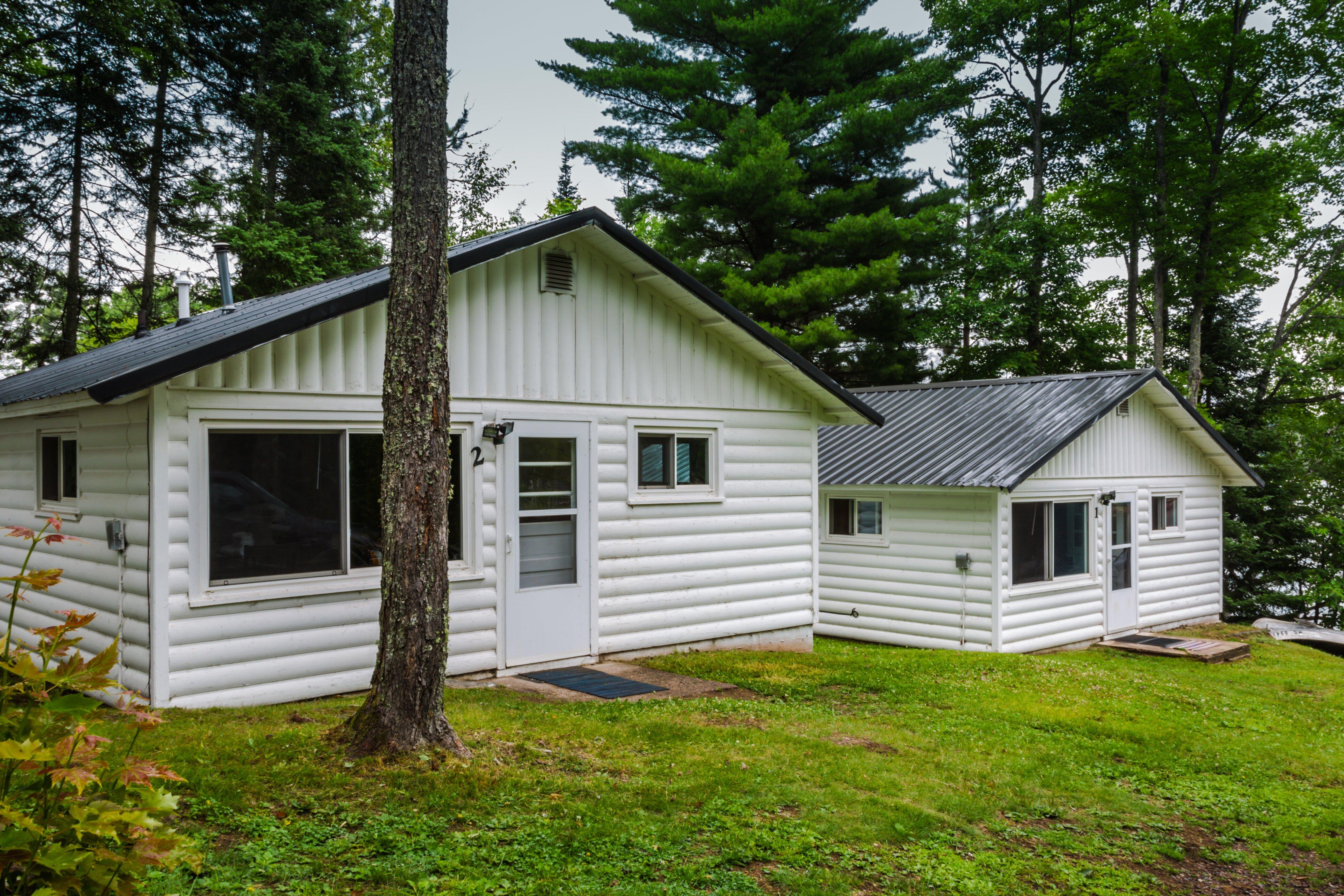Gwinn, MI
Advertisement
Gwinn, MI Map
Gwinn is a US city in Marquette County in the state of Michigan. Located at the longitude and latitude of -87.437500, 46.282220 and situated at an elevation of 335 meters. In the 2020 United States Census, Gwinn, MI had a population of 1,784 people. Gwinn is in the Eastern Standard Time timezone at Coordinated Universal Time (UTC) -5. Find directions to Gwinn, MI, browse local businesses, landmarks, get current traffic estimates, road conditions, and more.
Gwinn, Michigan, is a quaint community known for its rich history and natural beauty. Originally established as a company town for the Cleveland-Cliffs Iron Company, Gwinn's roots are deeply intertwined with the iron mining industry. Today, the town retains much of its historical charm, with architecture from the early 20th century still visible in its well-preserved buildings. The Gwinn Model Town Historic District is a testament to this era, offering visitors a glimpse into the past with its unique layout and design.
Nature enthusiasts visiting Gwinn often find themselves drawn to the surrounding outdoors, particularly the Escanaba River which provides opportunities for fishing and kayaking. The Forsyth Township Ball Park and Peter Nordeen Park offer recreational spaces for both locals and tourists to enjoy leisurely activities. For those interested in aviation history, the nearby K.I. Sawyer Heritage Air Museum showcases the area's military aviation past with an array of exhibits and aircraft. Gwinn's blend of history, community spirit, and scenic landscapes make it a noteworthy stop for travelers exploring Michigan's Upper Peninsula.
Nearby cities include: K. I. Sawyer Air Force Base, MI, West Branch, MI, Turin, MI, Skandia, MI, Palmer, MI, Tilden, MI, Ewing, MI, Negaunee, MI, Negaunee, MI, Ishpeming, MI.
Places in Gwinn
Dine and drink
Eat and drink your way through town.
Can't-miss activities
Culture, natural beauty, and plain old fun.
Places to stay
Hang your (vacation) hat in a place that’s just your style.
Advertisement















